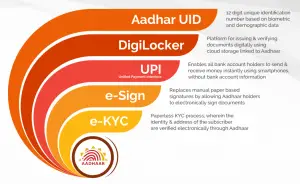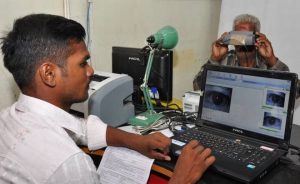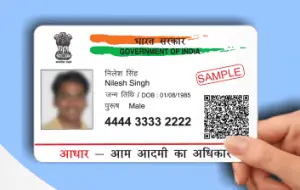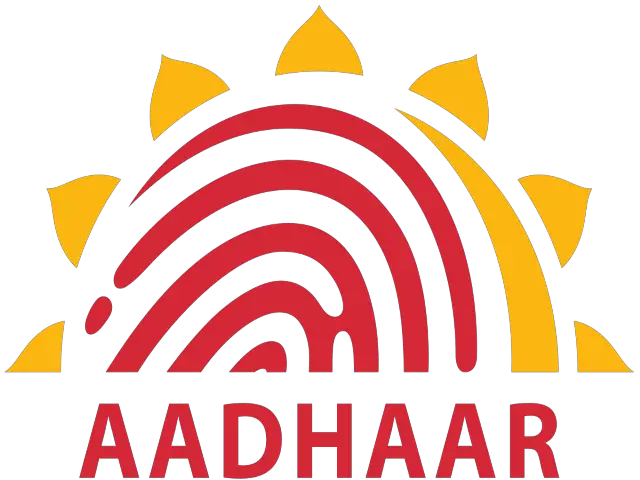Launched in the year 2009 by the United Progressive Alliance government in India, Aadhar is described as the most sophisticated and urbane Identification programme across the globe and has been hailed as the largest biometric ID system in the world. The data is gathered and compiled by the Unique Identification Authority of India which is currently the statutory body with headquarters in New Delhi.
Necessity of Aadhar

In its initial stages, Aadhar had to face various issues while enrolling people – technical glitches, faulty details, misprinting, data snags and to be honest, most of the people were disappointed by their photograph captured with the rest of biometrics. Also, the prime objective of having an Aadhar wasn’t clear to the public.
But today, it has successfully evolved into a fully-fledged document with general acceptance. The following are the benefits that can be availed using an Aadhar Card:
• Aadhar based Bank Transfer
• Passport Services
• DigiLocker
• Monthly Pension
• Provident Fund
• Driving License
• Pan Card and IT Returns
• UPI based Payments
• Life Insurance Certificate
How to apply for an Aadhar UID

To get an Aadhar UID, you are supposed to visit the nearest Aadhar Seva Kendra. Earlier these Seva Kendras were set up at a municipal office, but after a rapid increase in the number of enrollments, you can visit post offices and banks, in which permanent and temporary enrollment camps are set up.
Enrolling for the first time would require you to fill a form, where you will have to cite your details, mobile number, email address, residential address.
After submission, your biometric information which comprises your facial data, thumb and fingerprint impression, and retinal data will be collected and enclosed with the database. A successful enrollment will result in the issuance of acknowledgment slip which is given to the applicant for further reference.
Aadhar Generation System

You all must be aware of the fact that the Aadhar is a 12 digit unique number issued to the applicant that must be a citizen of India or a non-resident of India but will you believe me if I tell you the Aadhar number is actually of 11 digits while the last digit is just a kind of algorithmic result.
The Unique Identity number that every Aadhar card holder consists of 12 digits (numbers) of which first 11 digits are generated randomly, and the last digit is a sort of checksum of the previous digits.
The UID Number was initially intended to be ianinteger’s format, i.e. it will have only numbers and not in the alphanumeric formats like how we have in our PAN Cards which has a combination of alphabets and numbers. The reason behind this arrangement was to make Aadhar more acceptable so that people with minimum literacy would be able to understand and use their Aadhar Cards.
It was made sure that in no possible way, the UID of a person is related to his date of birth or other such details so that it may grant unauthorized access to somebody else or could be deciphered or guessed in any manner whatsoever.
The first 11 digits were generated using different pseudo-random generators with periodic ranging to produce a series of numbers that will ensure a fair distribution in a number space of 8 million. Still, there might be a chance, might be one in a thousand, that the random numbers generated may be duplicates of ones that are already allotted for someone else. So a check for exclusiveness is done to make sure a UID number’s integrity by cross-checking it with an array-based database.
This is followed by a check for special numbers: like palindromes or recurring sequence, if such a UID is found, it is rejected. The last digit which is the twelfth digit, is a result of the implementation of Verhoeff’s algorithm on the previous 11 digits.
And this is how you had your Aadhar Number produced exclusively for you and delivered to your doorstep.


















